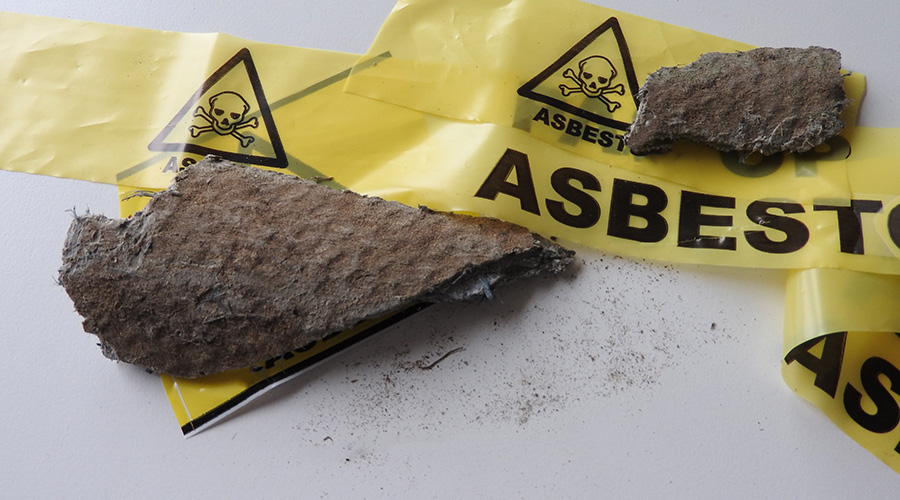Double-Dipping Pays Off
One successful strategy among the FMXcellence winners was making an initiative work double-time, in effect stretching resources for more results. At Western Michigan, Strazdas called this "double-dipping." When he thinks of what projects to pursue in a coming year and where to allocate funds, three things are taken into consideration: the return on investment, the impact on energy consumption and whether it will also address a deferred maintenance need.
But the king of the double-dip is Hays Consolidated Independent School District in Buda, Texas, and its ingenious funding mechanism for energy efficiency. A 2003 audit found the school district needed to do two things: institute an energy management program and figure out a way to fund replacing the maintenance vehicle fleet. And then came the ah-ha moment — why not use one to fund the other?
They didn't stop at funding a new fleet, but broke down the potential energy cost savings to give some money back to the schools, fund energy efficiency initiatives, hire new staff and even set money aside to cover energy rate increases, says R.C. Herrin, executive director of maintenance and operation, Hays CISD.
To determine a baseline for savings, existing campuses were given an energy budget equal to their electricity costs in fiscal year 2002-2003 for their building; facilities constructed after that were budgeted at $1 per square foot for electricity. Savings due to energy efficiency initiatives enacted under the energy management program have returned $250,000 to the schools, set aside $450,000 to guard against electricity rate increases, and allowed the district to hire personnel, including two energy management technicians whose salaries are fully funded by the energy savings they achieve, says Herrin.
"Everything they do, every time they touch a piece of equipment, not only is it repairing something, but it's using less electricity," Herrin says. At Hays, everything is about efficiency. The first position hired with the energy savings was an evening coil cleaner. Cleaning the coils in the evenings removes the interruption to the school. And coils cleaned in a timely fashion mean equipment is running efficiently. The evening maintenance program has grown to a staff of 13, doing everything from coil cleaning to campus delamping, without needing overtime or weekend hours.
Working Hard for the Money
A great boon for the Hays program is that the savings are protected by school board policy, so the $450,000 in the fund balance will not be touched for other cash-starved needs in the district. This might seem nothing short of miraculous to some facility managers, who see the savings their departments generate quickly swallowed by the needs of the larger organization. Though they acknowledge this is often the case, the FMXcellence winners say establishing what needs to be done with the savings is an important part of success.
"This type of funding vehicle, the way it's successful is if you don't ask for more money to fund these projects," says Herrin. "But it can only work if funding is not cut."
At Western Michigan, they take energy savings dollars and roll them into next year's energy conservation measures. So far, the university administration has not moved to claim the savings for other purposes, though they could, says Strazdas. But why would they want to slow down a successful program, he says, adding that it's the facility manager's job to make sure the larger organization understands the benefits of energy savings programs. "Every year, you've got to keep leaning on the horn," Strazdas says. "We have continued to regularly toot our horn relative to the success of our energy conservation measures. And the regularity of tooting our horn is probably the reason why the dollars have not gone elsewhere."
It's a similar situation at Charlotte-Mecklenburg Schools, in Charlotte, N.C., where Philip Berman, executive director for building services, got the district's financial department to agree for the last four years to return budget underrun funds back to his department, to the tune of $5 million, which he was able to put back into low-hanging fruit projects, like lighting retrofits. These savings were garnered, again, by a adopting a systematic approach to energy efficiency and sustainability measures through an environmental stewardship charter, with buy-in from the Board of Education and superintendent. The charter was approved as a cost-neutral project; to support it, Berman pursued alternate funding such as grants and rebates.
Berman provides quarterly reports to the school system's executives, giving him a forum to spread the word about his team's work. "As they saw us being successful each year, we told them what we had to do to continue the success," Berman says, adding that facility managers have to market their success to safeguard their initiatives. "You can't just sit back. You have to say what you're going to do, do what you said and then communicate what you did."
As the winners of this year's FMXcellence award show, achieving excellence in facilities management is possible through leadership and ingenuity, and really stretching the boundaries of what is possible with the resources at hand. As Berman says, "There's a difference between a manager, a supervisor and a leader."

Related Topics:














